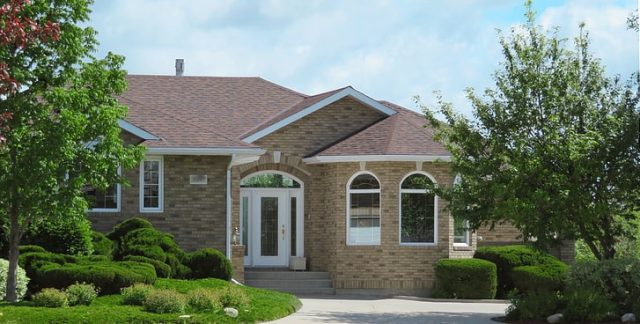Tanzania is facing a critical housing shortage, with a majority of the population living in inadequate or overcrowded conditions. The majority of the country’s population is low-income earners, making it challenging for them to afford decent homes. The Tanzanian government, in collaboration with private developers, has been working to address this issue by developing strategies to build affordable housing units. This article explores some of the strategies and innovations being implemented to build affordable housing in Tanzania. You should also visit this place and explore the country and learn more about it. For visa you can always click here.
1. Public-Private Partnerships
One of the strategies for building affordable housing in Tanzania is through public-private partnerships (PPP). The Tanzanian government has been partnering with private developers to build affordable housing units. Under these partnerships, the government provides land and infrastructure, while private developers finance and construct the housing units.
PPP initiatives have been launched in different regions of Tanzania, with the government providing incentives to developers such as tax breaks and access to financing. This approach has helped to increase the supply of affordable housing units, but there are still concerns over the quality of the units built, as developers may prioritize profits over quality.
2. Modular and Prefabricated Construction
Modular and prefabricated construction is another strategy being used to build affordable housing in Tanzania. This approach involves the construction of housing units offsite, then transporting and assembling them on the construction site.
Modular and prefabricated construction offers several advantages, including reduced construction time and cost, improved quality control, and reduced environmental impact. It also allows for the construction of homes in areas that are difficult to access.
However, there are also some drawbacks to this approach. Modular and prefabricated units may not be suitable for all types of housing, and they may lack the flexibility of traditional construction methods.
3. Microfinance and Community-Based Housing Projects
Another strategy for building affordable housing in Tanzania is through microfinance and community-based housing projects. These initiatives target low-income earners who do not have access to conventional financing.
Microfinance programs provide small loans to low-income earners to purchase or build their homes. These loans are usually repaid over a longer period and at lower interest rates than traditional loans. Community-based housing projects involve the construction of housing units by the community for the community, with residents contributing to the construction through labor or other means.
These strategies have been successful in providing affordable housing to low-income earners, particularly in rural areas. However, the impact of these projects has been limited due to the lack of access to financing and technical expertise.
4. Use of Local Building Materials
The use of locally available building materials is another strategy being used to build affordable housing in Tanzania. This approach involves the use of locally available materials such as clay, stones, and bamboo, which are cheaper and more sustainable than imported materials.
The use of local materials also promotes local industries and reduces the carbon footprint of the construction process. However, there are concerns over the quality and durability of structures built using local materials, particularly in areas prone to natural disasters.
5. Green Building Practices
Green building practices are becoming increasingly popular in Tanzania as a way of building sustainable and affordable housing. These practices involve the use of environmentally friendly materials and techniques, such as rainwater harvesting, solar energy, and passive cooling.
Green building practices offer several advantages, including reduced energy costs, improved indoor air quality, and reduced environmental impact. However, the cost of implementing these practices may be higher than traditional construction methods, making them less accessible to low-income earners.
In conclusion, building affordable housing in Tanzania is a complex issue that requires a multi-faceted approach. The strategies and innovations discussed in this article are just a few examples of the efforts being made to address the country’s housing crisis. While these initiatives have shown promise, there is still a long way to go to ensure that all Tanzanians have access to decent and affordable housing.









